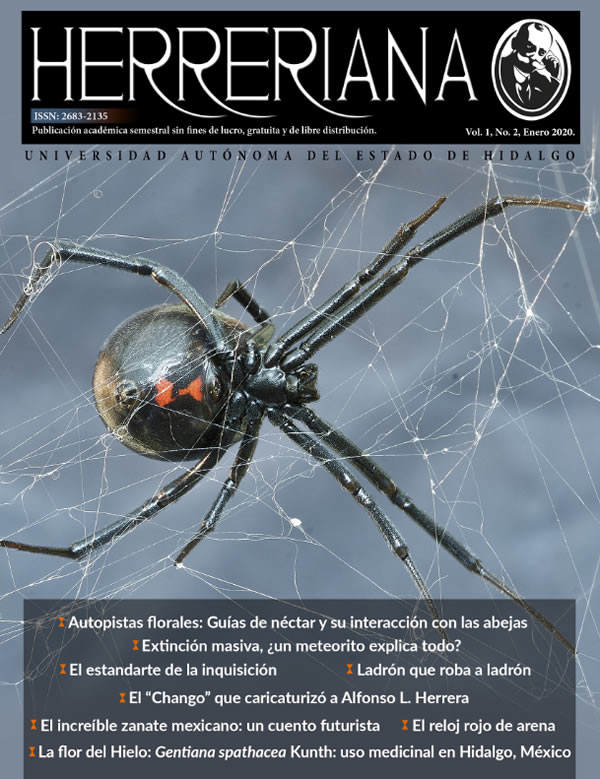Mass extinction, does a meteor explain everything?
Abstract
Some 65.5 million years ago, there was a mass extinction event which is known as the Cretaceous–Tertiary or KT event. This article explains the hypotheses that have been posed about the cause of this extinction, in particular a meteorite that collided with the Earth, yet this theory still raises many questions. The KT extinction caused the disappearance of many, but not all species, which suggests that the case is still far from being resolved.
Downloads
References
Carreño, A. y Montellano-Ballesteros, M. 1997. Extinción masiva del límite Cretácico-Terciario: mitos y realidades. Unión Geofísica Mexicana (Monografía), 4:174.
Gould, S. J. 1984. Sex, drugs, disasters, and the extinction of dinosaurs. Discover, 5: 67-72.
Powell, J. L. 1998. Night Comes to the Cretaceous: Dinosaur Extinction and the Transformation of Modern Geology. WH Freeman, New York.
Raup, D. M. 1981. Extintion: bad genes or bad luck? Acta Geológica Hispánica, 16: 25-33.
Raup, D. M. 1991. Extinction: Bad Genes or Bad Luck. Norton and Company, New York.
Schulte, P., Alegret, L., Arenillas, I., Arz, J. A., Barton, P. J., Bown, P. R., Bralower, T. J., Christeson, G. L., Claeys, P. y Cockell, C. S. 2010. The Chicxulub asteroid impact and mass extinction at the Cretaceous-Paleogene boundary. Science, 327: 1214-1218.










